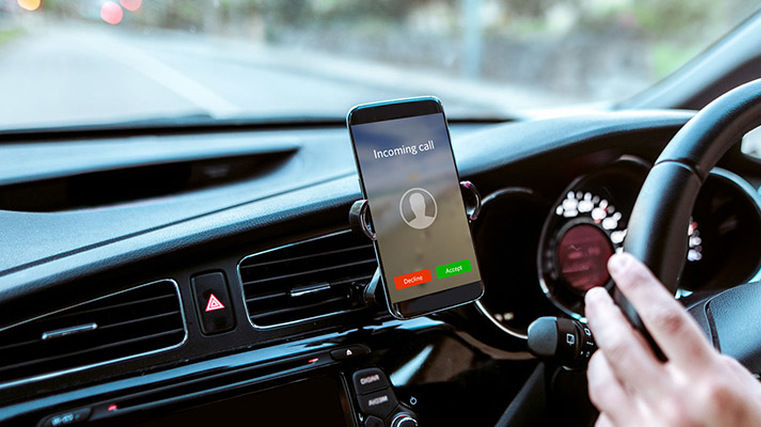Distracted driving costs

Seventy per cent of businesses have experienced the effects of distracted driving incidents.
That’s according to a survey by Teletrac Navman, a connected mobility platform for industries managing vehicle and equipment assets.
Notably, 68 per cent of respondents identified cellphone use as the primary cause of these distractions.
Distracted driving remains a pressing issue for businesses operating in a fast-paced environment. As the reliance on mobile devices grows, so does the potential for distraction behind the wheel.
The survey revealed that nearly 49 per cent of respondents said that distracted driving had a direct financial cost on their business and 40 per cent said it caused operational disruptions.
In addition, 28 per cent said it led to safety and compliance breaches, and 25 per cent experienced reputational damage.
During 2022, according to the Ministry of Transport, trucks were involved in 51 fatal crashes, 166 serious injury accidents and 539 minor injury crashes across New Zealand.
In these accidents, 62 people died, 208 were seriously injured and 727 suffered minor injuries.
“This is a statistic that underscores the need for urgent action and fleet operators around the world are looking to make a significant change,” says Alain Samaha, chief executive officer of Teletrac Navman.
“Distracted driving jeopardises the lives of drivers and the public, but also poses significant commercial risks.
“These risks can lead to increased insurance premiums and various direct costs associated with safety incidents, underscoring the critical importance of prioritising safe driving practices in the industry.”
Technology, training and developing a culture of safety are three tactics being employed by fleet operators to reduce the number of incidents.
Among the array of technologies employed, 78 per cent of respondents are using advanced telematics solutions.
This includes tools such as forward-facing cameras, driver-facing dash cams and digital coaching apps, which collectively enhance visibility into driver behaviour and operational safety.
Some 70 per cent of respondents are using technology in conjunction with coaching programmes to reinforce safe-driving practices.
This combination is proving effective, particularly with driver and forward-facing cameras, with an impressive 80 per cent of users reporting a positive impact.
This shows a clear correlation between the overall effectiveness of interventions and the variety of solutions deployed, and that the most substantial impact can be achieved through the implementation of multiple, complementary solutions.
In fact, 73 per cent of respondents believe their solutions for reducing distracted driving were effective, with the data providing insights into the perceived impact of these solutions.
“Our customers seek effective solutions that not only enhance driver well-being and also ensure operational efficiency and sustainability, but prioritising safety is paramount,” says Samaha.
“Our commitment is to empower fleet operators with the tools they need to create safer work environments.” Click here for the full report.





